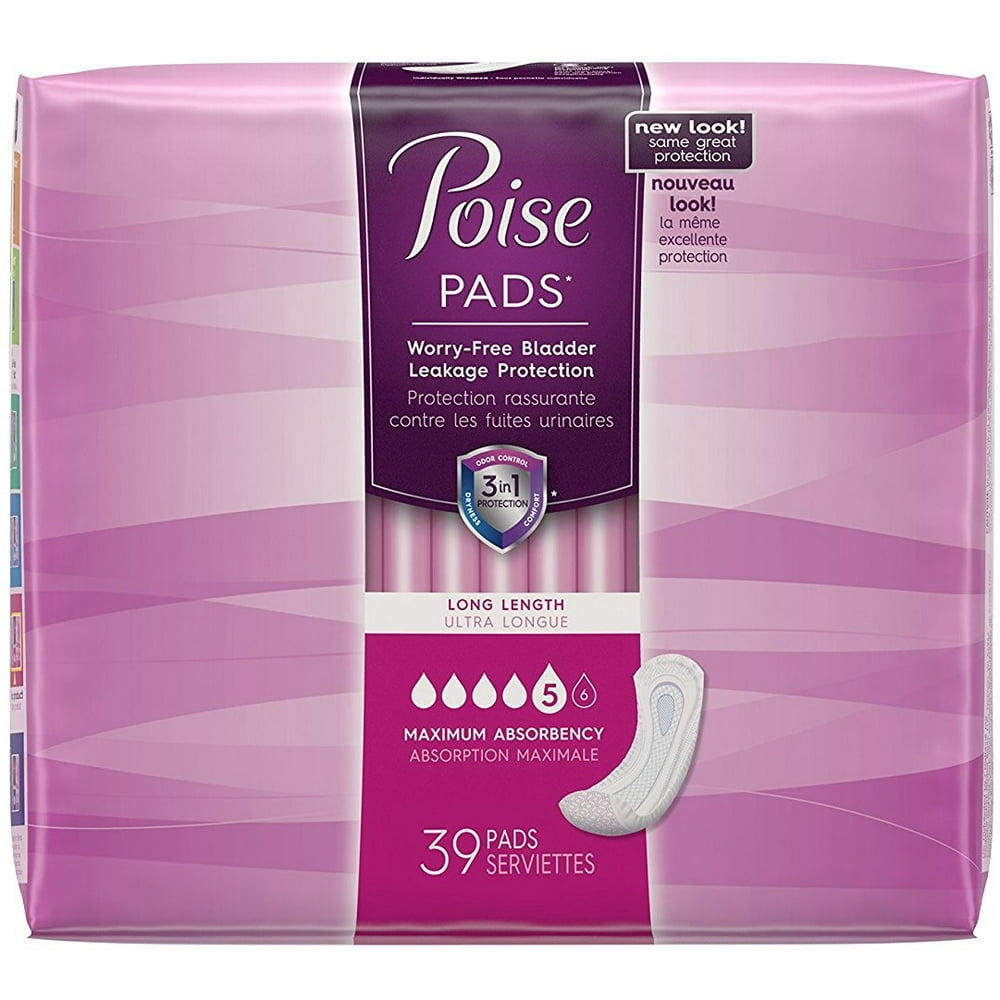
Stop Fretting About Urinary Incontinence And Start Living


Incontinence: Leak, Creates, Medical Diagnosis, Therapy & Avoidance Anxiety and stress and anxiety are common amongst people with OAB, and they might also contribute to urinary system incontinence. Managing the emotional signs of OAB may assist improve both the urinary symptoms and the person's lifestyle. Pelvic floor exercises can assist restrengthen these muscles and enhance the signs and symptoms of urinary incontinence and OAB.
Stress And Anxiety Urinary System Incontinence (sui)
When you get in a store or restaurant, are you commonly wanting to discover the facilities washroom? If you're having trouble holding in your urine, or if you usually leakage urine, you possibly have what's called urinary system incontinence. Typically, the bladder starts to fill with urine from the kidneys. These causes can vary relying on if you're a female or guy. Some reasons are temporary health and wellness conditions that normally disappear once dealt with. In those situations, your urinary incontinence additionally normally stops when the problem is dealt with. Incontinence can be caused by long-lasting (chronic) medical problems. If you're still having bladder issues 6 weeks after childbirth, speak with your medical professional, registered nurse, or midwife. Your urologist, a doctor that concentrates on the urinary system, may likewise select to infuse collagen straight right into the supportive cells of your urethra. This reinforces the sphincter muscle by enhancing stress on the urethra. Collagen injections are the least invasive surgery to treat stress urinary incontinence. A physiotherapist can work with a specific to find up with an exercise plan that helps them. In cases of stress and anxiety incontinence, the muscle mass in the hips can deteriorate. This can cause the bladder to drop down into a position that avoids the urethra from shutting entirely. A number of things can contribute to anxiety incontinence. For example, it can result from weak muscle mass in the pelvic flooring or a weak sphincter muscle at the neck of the bladder. A problem with the means the sphincter muscle opens and shuts can also result in anxiety incontinence. Surgical mesh in the form of a "sling" (occasionally called "tape") is completely dental implanted to sustain the urethra or bladder neck in order to deal with SUI. Figure out even more regarding non-surgical therapies for urinary system incontinence. Urinary system incontinence is a typical problem and you should not feel humiliated speaking with them concerning your signs and symptoms. There are presently no FDA-approved medicines to treat anxiety incontinence. Both dental and topical estrogen supplements might aid in females. Your medical professional or nurse may ask you to keep a journal for 2 to 3 Urinalysis days to track when you empty your bladder or leak pee. The journal might help your medical professional or registered nurse see patterns in the urinary incontinence that offer ideas concerning the possible reason and therapies that may benefit you. If you have urinary system incontinence, you can make an appointment with your health care provider, your OB/GYN, or a nurse specialist. Your doctor or registered nurse will certainly work with you to treat your urinary system incontinence or refer you to a specialist if you require various treatment.Exactly How Can My Healthcare Specialist Reward My Bladder Control Issue?
However if it is because of a lasting problem like diabetes or IBD, you'll likely need therapy to maintain your signs under control. A number of various procedures are available that can fix injuries (like a muscle torn during giving birth) that trigger incontinence. A colostomy is another surgical procedure that offers a way to accumulate stool in a bag outside of your body.- Connect with a group that can aid you discover sources, address problems and advocate for you during treatment at UCSF.
- The system is positioned under the skin in the lower back, about where the back pocket is on a set of trousers.
- Urinary urinary incontinence is a problem that influences lots of people's lives.
What is the recovery time for anxiety urinary system incontinence?
Select exercise machines that don't apply stress on the pelvis, such as a treadmill or elliptical machine. Pick activities that will certainly minimize pressure on your bladder, such as yoga exercise and swimming. CHOOSE reduced effect exercises, such as strolling or Pilates. CHOOSE workout equipments that don't put in pressure on the pelvis, such as a treadmill or elliptical exerciser. Treatment alternatives include use of a vaginal insert called a pessary, in addition to targeted workouts, psychophysiological feedback and electrical excitement to strengthen the pelvic flooring muscular tissues. We likewise use the two main medical therapies for urinary incontinence, bladder neck suspension and sling treatments. "Unfortunately, urinary incontinence isn't likely to disappear on its own. The good news, nonetheless, is that there are points that you can do on your own to improve it, and there are plenty of alternatives for treating it," adds Dr. Lindo. Health care professionals may use botulinum toxic substance A link, also called Botox, to treat UI when various other medications or self-care therapies don't function. Botox might be infused right into your bladder. Infusing Botox into the bladder unwinds it, that makes even more room for pee and decreases the chances